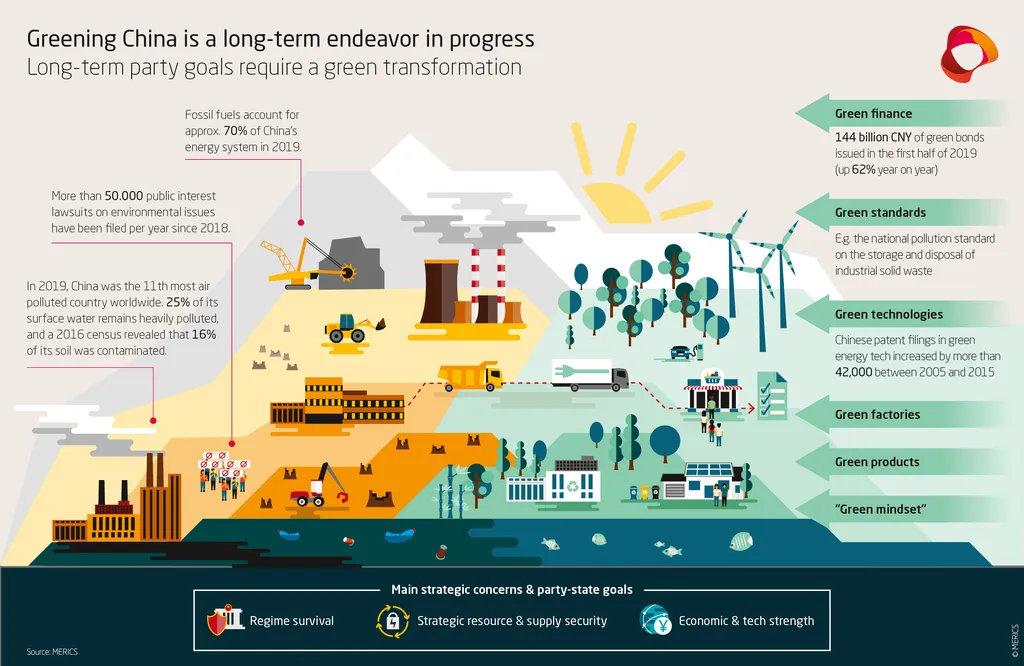In the heart of China’s eastern Qinghai Province, a delicate dance between tourism and ecology is unfolding, and scientists are stepping in to ensure the rhythm doesn’t falter. A recent study published in *Ecological Indicators* has shed light on the intricate balance between tourism development and ecological resilience, offering a roadmap for sustainable land management that could have significant implications for the agriculture sector.
The research, led by Yalong Zhang from the School of Geographical Science at Qinghai Normal University, has quantified the ecological risks posed by tourism activities in human-dominated landscapes. By integrating scenario modeling and nature-based strategies, the study provides a nuanced understanding of how tourism infrastructure and activities impact landscape ecological risk (LER).
“From 2000 to 2020, we observed a distinct gradient distribution pattern of LER in the study area,” Zhang explains. “The northeast and southwest regions exhibited high LER values, while the central-south remained relatively low.” This evolutionary trajectory was divided into two phases: a period of rapid change (2000–2010) and a phase of gradual adjustment (2010–2020).
The study’s innovative approach includes multi-buffer gradient analysis, scenic area scenario simulation, a Tourism Activity Intensity (TAI) index, spatial autocorrelation analysis, and a response index. These tools allowed the researchers to delve into the differential ecological risk mechanisms associated with various types and grades of tourism development units.
One of the most striking findings was the identification of a dynamic balance zone within the 11–15 km buffer, where risk growth slowed significantly. “We found that risks remained consistently higher outside scenic areas compared to within them,” Zhang notes. “Moreover, 5A-level scenic areas had a 35.6% lower risk than 4A-level scenic areas, and cultural scenic areas exhibited a 163.2% higher risk value than natural scenic areas.”
The implications for the agriculture sector are profound. As tourism continues to boom, understanding and mitigating its ecological impacts can ensure that agricultural lands remain productive and resilient. By advancing the mainstreaming of Nature-based Solutions (NbS) through a spatially explicit quantitative framework, this study provides decision-making support for balancing tourism development and ecological protection.
The research also highlights the importance of scale-dependent variations in the relationship between TAI and LER. At the regional scale, the relationship shifted from a weak negative correlation to a positive one, whereas at the scenic area scale, a significant positive correlation persisted. This nuanced understanding can guide policymakers and stakeholders in crafting strategies that promote sustainable tourism while safeguarding ecological integrity.
As we look to the future, this research could shape the development of more resilient and sustainable tourism practices. By integrating ecological risk assessment with tourism planning, we can create a harmonious balance that benefits both the environment and the economy. The findings from eastern Qinghai Province serve as a beacon, illuminating the path towards a more sustainable future for tourism and agriculture alike.

